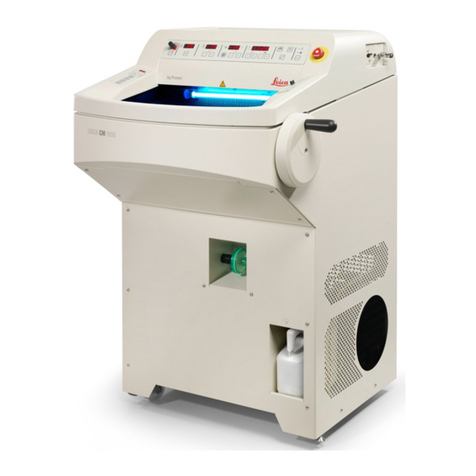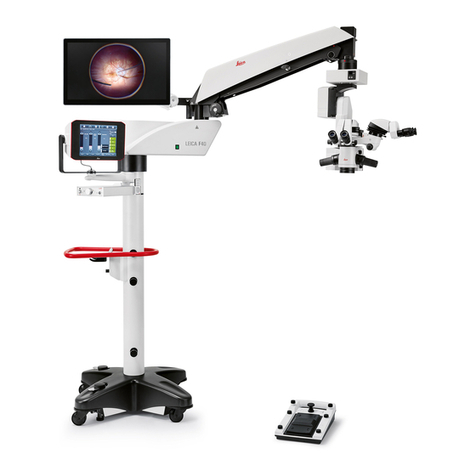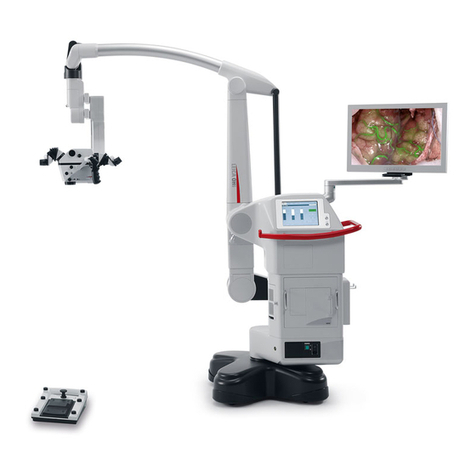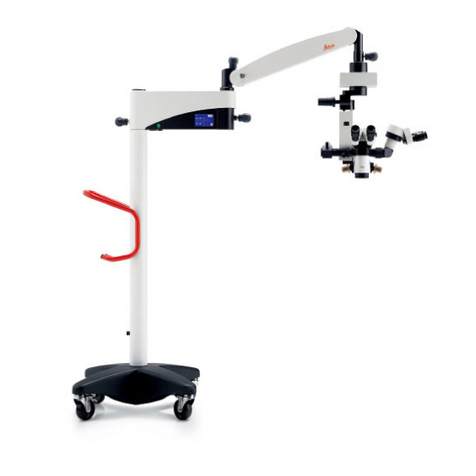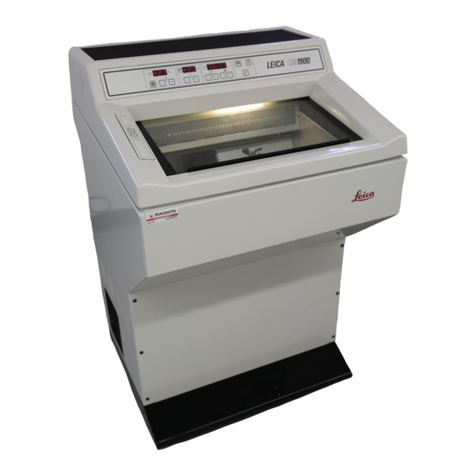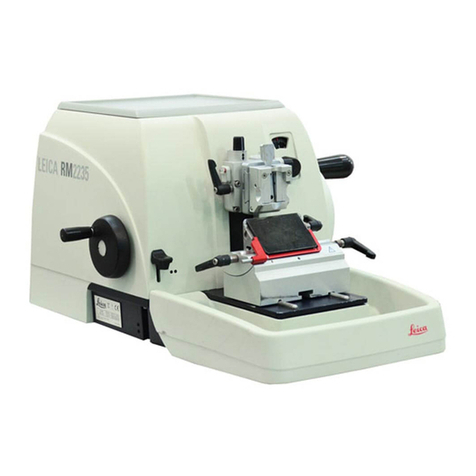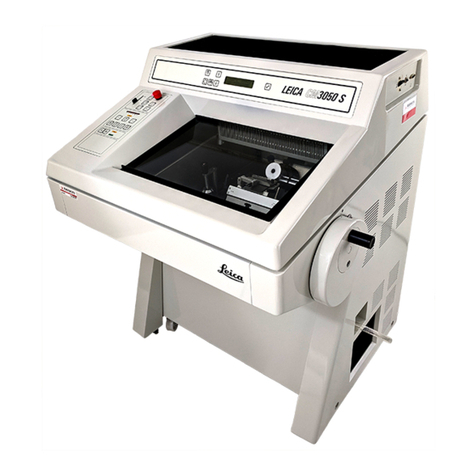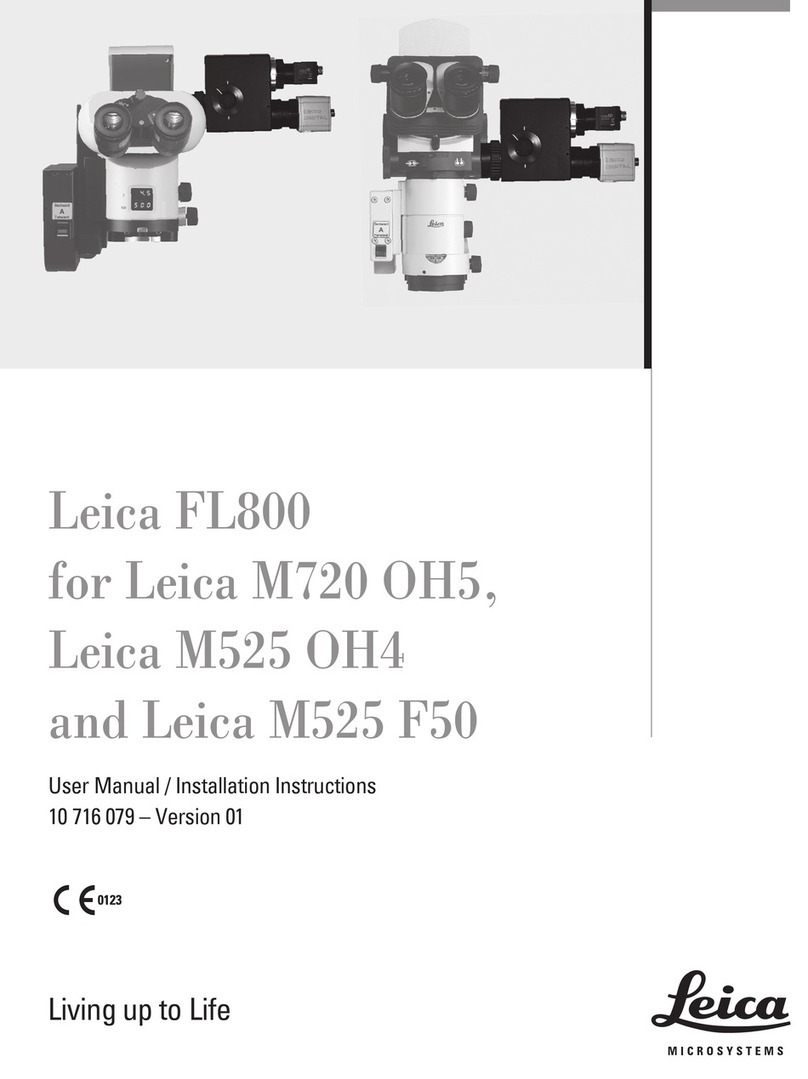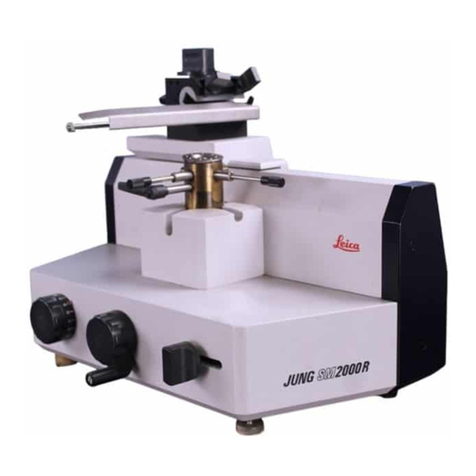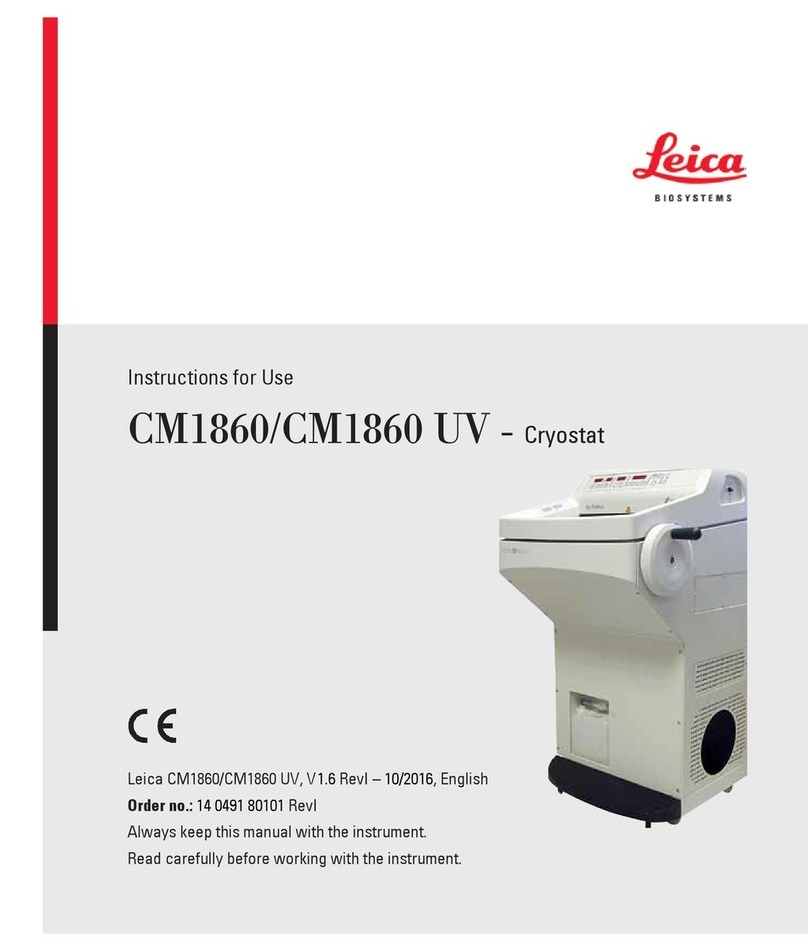
4Version 2.0, Revision N
Table of contents
1. Important Information ..................................................................................................7
1.1 Symbols used in the text and their meaning..................................................................................7
1.2 Qualicationofpersonnel .........................................................................................................10
1.3 Intended use of instrument........................................................................................................11
1.4 Instrument type ........................................................................................................................11
2. Safety...................................................................................................................... 12
2.1 Safety Notes.............................................................................................................................12
2.2 Warnings..................................................................................................................................13
2.3 Safety devices ..........................................................................................................................13
2.3.1 Locking/unlocking the handwheel..............................................................................................14
2.3.2 Safety guard .............................................................................................................................15
2.4 Operating Conditions ................................................................................................................15
2.5 Operating the instrument...........................................................................................................16
2.6 Cleaning and disinfection..........................................................................................................16
2.7 Removing the microtome...........................................................................................................17
2.8 Maintenance.............................................................................................................................17
3. Technical Data .......................................................................................................... 19
4. Installing the Instrument............................................................................................. 22
4.1 Installation site requirements ....................................................................................................22
4.2 Unpacking instructions for the Leica CM1860/CM1860 UV cryostat ............................................23
4.3 Standard delivery - packing list ..................................................................................................26
4.4 Installing the handwheel............................................................................................................27
5. Instrument Setup....................................................................................................... 28
5.1 Electrical connection.................................................................................................................28
5.2 Preparations for starting up the instrument ................................................................................28
5.3 General overview of the Leica CM1860/CM1860 UV....................................................................30
5.4 Power switch and circuit breaker ...............................................................................................32
5.5 Switching on the instrument ......................................................................................................32
6. Operating the Instrument............................................................................................ 33
6.1 Control panel 1 .........................................................................................................................33
6.2 Conguringthedesiredvalues...................................................................................................35
6.2.1 Setting the time ........................................................................................................................35
6.2.2 Setting the automatic defrost time (cryochamber)......................................................................36
6.2.3 Programming the temperature of the cryochamber .....................................................................36
6.2.4 Activating the Peltier element....................................................................................................37
6.2.5 Manual defrosting of the quick freeze shelf................................................................................38
6.2.6 Manual defrosting of the cryochamber.......................................................................................38
6.2.7 Setting the section thickness.....................................................................................................39
6.3 Retraction.................................................................................................................................40
6.4 Display lock..............................................................................................................................40
6.5 Control panel 2 – Electric coarse feed........................................................................................41






